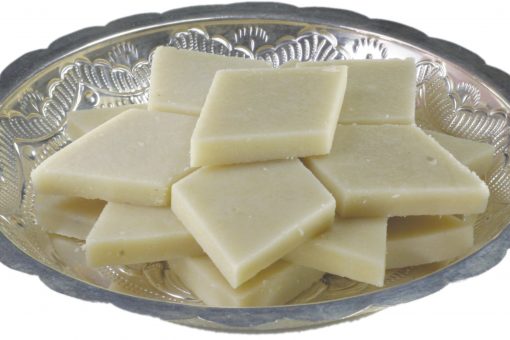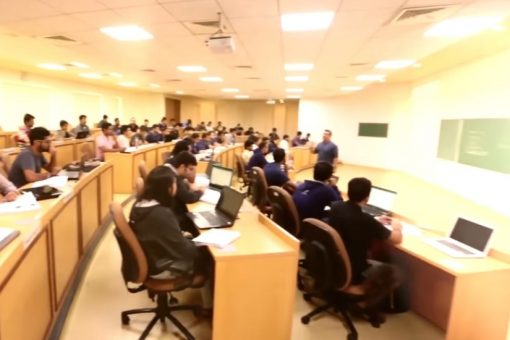The Ministry of Commerce can leverage the import of gold into sound channels to prevent smuggling. The cost of smuggling is around 4% of the value of gold, and it creates a very unhealthy and unsound mechanism where any purchaser in India has to resort to smuggled gold.
The sole objective of any exercise for orderly governance is not to encourage any unsound practices in trade by any action or inaction of the central government. The liberalization program has worked well, and India imports 700 metric tons legitimately.
The first action of the Ministry of Commerce should be to outsource the data of the last five years of the actual handling of gold to a single agency so that all aspects of data and information can be reprocessed and made available to the ministry and to the people of India.
This is affordable and should be an official government program to handle the importation of gold through quasi-canalization, which blends the power of the government with making available all precious metals—gold, silver, platinum, and equivalents—in an organized manner. It should also permit the rapid recycling of gold within India under official domain.
It is suggested that, as a government entity, Kolar Goldfields Limited can be engaged by the government for “custodial services” for up to 100 metric tons with the following sequence of security:
1. The President’s Bodyguard
2. The CISF
3. The Railway Protection Force
4. The regional police under the Ministry of Home of respective state governments
This mechanism, effective for 100 metric tons, will then pave the way for India to have, by notification from the Director General of Foreign Trade and approval by the Cabinet, that only mined gold of prime quality with Indian markings and identifiable should be imported directly from the mining companies into India.
In this case, the sole carrier as a national carrier should primarily be Air India, but later, when the occasion arises under strict conditions, other wholly-owned Indian entities can be permitted.
This can also include the Indian Post Office, which could act as the official carrier of gold to all districts of India. The custodial aspect of the primary gold can be with the General Post Office and handed over to the commercial banks under their custody.
The commercial banks of India should offer custodial services for this gold at 1,200 locations under the same category of supervision in their owned premises, and this should be in visible format.
The President of India shall be the custodian of the gold reserves of India in Rashtrapati Bhavan to the extent that the Cabinet permits. This shall be in public view, and visitors will be charged for visiting to understand the qualities of the precious metals that, as a sovereign, are held by the Reserve Bank of India as gold reserves, which means a fourth tier of official reserves.
The Reserve Bank of India, along with customs and other regulatory organizations, will hold it in primary form within Rashtrapati Bhavan, and this shall be in the public domain.
This should be managed in such a way that there would be 100% transparency in how the gold price is determined by partly cryptic means and partly transparent means.
Therefore, Financial Benchmarks India Limited shall be the sole authorized benchmark price provider eight times a day -from 7:00 AM to 9:00 PM – which the people of India will recognize the rupee value of gold as a Reference Price.
The reference price shall be partly cryptic, with the President’s Bodyguard as the custodian of how the prices are worked out, and partly manual, based on visible transactions that occur in the world. Therefore, the price will always be mentioned in rupees per gram and not in any other currency, and this reference price will be respected by officials as well as all transactions operated in India.
To give designation to the profession, all gold and precious metal employees in India shall be registered under all categories, including Aadhaar card, and also under an amended ESI situation.
Any performer within the precious metals industry shall be compulsorily a member of the ESI, as well as holding two accounts: a Public Provident Fund account in the Post Office and an account governed under the Provident Fund Act when employed.
This method of registration will then address the question of approved precious metal handlers, and wherever they are, they shall be treated with dignity.
The custodians of primary gold will be responsible for making this primary gold available to all jewellery gold exporters. The visibility of gold should be such that all gold exporters shall be provided facilities at all international airports.
Therefore, the first custody of any imported gold shall be visibly handled at the importation centres.
The Airports Authority of India Limited shall be the designated agency ensuring that every aspect of this is ecological and adheres to green standards.
Therefore, the Airports Authority of India Limited can raise ₹10,000 crores as bonds and create facilities for handling all precious metals. These facilities will include electric cars, visibility standards, and carriage standards for precious metals, both in visible and concealed forms, with the approval of the Home Ministry.
The carriage of precious metals within India should be regulated.
The visible aspect of this needs to be that all orders processed for gold upon importation, when arriving from mining companies, should ensure that 25% of the gold value is paid in the home country’s currency, as approved by the Ministry of Commerce, the Reserve Bank of India, the Cabinet, and the Finance Ministry.
For instance, when primary gold is imported from Australia, 25% of the payment will be in Australian dollars, and the balance would be paid in Indian rupees, which can be instantly converted into any other currency of the world in a designated Indian bank or a partly Indian-owned bank in that respective nation.
For example, if gold is imported from Russia, a rouble payment would be better than one in an international currency.
However, if a Rupee-Ruble arrangement is reached, rupees can be paid by a Russian bank to the Russian company.
In this form, rupees will get converted into gold, and gold into rupees, at any point in the nation or the world, only in customs-bonded zones.
This mechanism will create a gold and precious metals merchandise-related sheet on a real-time basis, updated every 24 hours, which will be made available by FBIL and the Commerce Ministry websites, managed by a single agency, 100% government-owned or partly government-owned.
This will ensure that India’s precious metal imports and exports are not measured as merchandise imports and exports, but rather recognized as capital.
The public of India holds enough gold. Therefore, an examination is needed to determine whether the Reserve Bank of India should have the gold reserves or whether gold should be a form of convertibility.
All commercial banks in India or any financial entity should have fungibility, where they will examine global factors and Indian conditions. The availability of data in the public domain will add value.
Therefore, it is recommended that all precious metal imports and exports be removed from the trade statistics of general merchandise and that a specialized format be provided on a real-time basis.
It should be understood that all underground transactions or gold held by evasion of taxes will be handled separately by the Central Board of Direct Taxes. Any form of precious metals that has been acquired with tax-paid money will not be dealt with in a negative fashion.
The people of India must be informed that if there is a situation where gold needs to be held, it should be from tax-paid money. Therefore, transparency in this regard should also include constitutional education on various aspects, as the term “market” comes under the state list.
Any form of regulation should ensure continuity in the education on the rupee and the world. Therefore, as India is a dominant importer of merchandise, the value of Indian goods needs to be communicated to the world.
Every Indian should understand that any merchandise imported, when passing through customs, should be instantly processed at the value it has entered the Indian Union, and therefore the influence of India on world markets and world markets’ influence on India will be in the larger public domain.
What is important is that the legitimate demand of exporters of jewellery needs to be provided seamlessly by delivery of prime gold when paid for at international prices of the moment.
They should also get the benefits of value addition in India and compensated wisely for the difficulty of doing business in India, till obstacles are removed.
What Ministry of Commerce can do in National Interest within its domain will have a great influence in shaping international trade and its effects.


